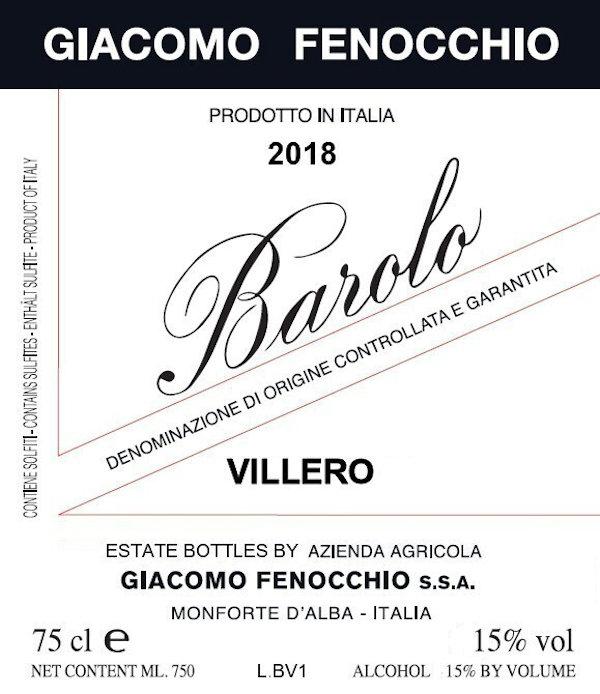2018 Barolo Nebbiolo
The Giacomo Fenocchio Villero, a captivating Nebbiolo from the esteemed Barolo region, showcases a deep garnet red color that entices the senses. On the palate, this wine exhibits a full-bodied profile, offering a harmonious balance of high acidity and notable tannins that provide a structured mouthfeel. With prominent fruit intensity, it presents alluring notes of dark cherry, plum, and a hint of rose petal, accompanied by earthy undertones and subtle spice. This 2018 vintage is bone dry, ensuring a refreshing experience that complements its complexity, making it an excellent choice for food pairings or for savoring on its own. The essence of the Barolo region shines through in this elegant offering, making it a must-try for any wine enthusiast.
The Giacomo Fenocchio Villero, a captivating Nebbiolo from the esteemed Barolo region, showcases a deep garnet red color that entices the senses. On the palate, this wine exhibits a full-bodied profile, offering a harmonious balance of high acidity and notable tannins that provide a structured mouthfeel. With prominent fruit intensity, it presents alluring notes of dark cherry, plum, and a hint of rose petal, accompanied by earthy undertones and subtle spice. This 2018 vintage is bone dry, ensuring a refreshing experience that complements its complexity, making it an excellent choice for food pairings or for savoring on its own. The essence of the Barolo region shines through in this elegant offering, making it a must-try for any wine enthusiast.




